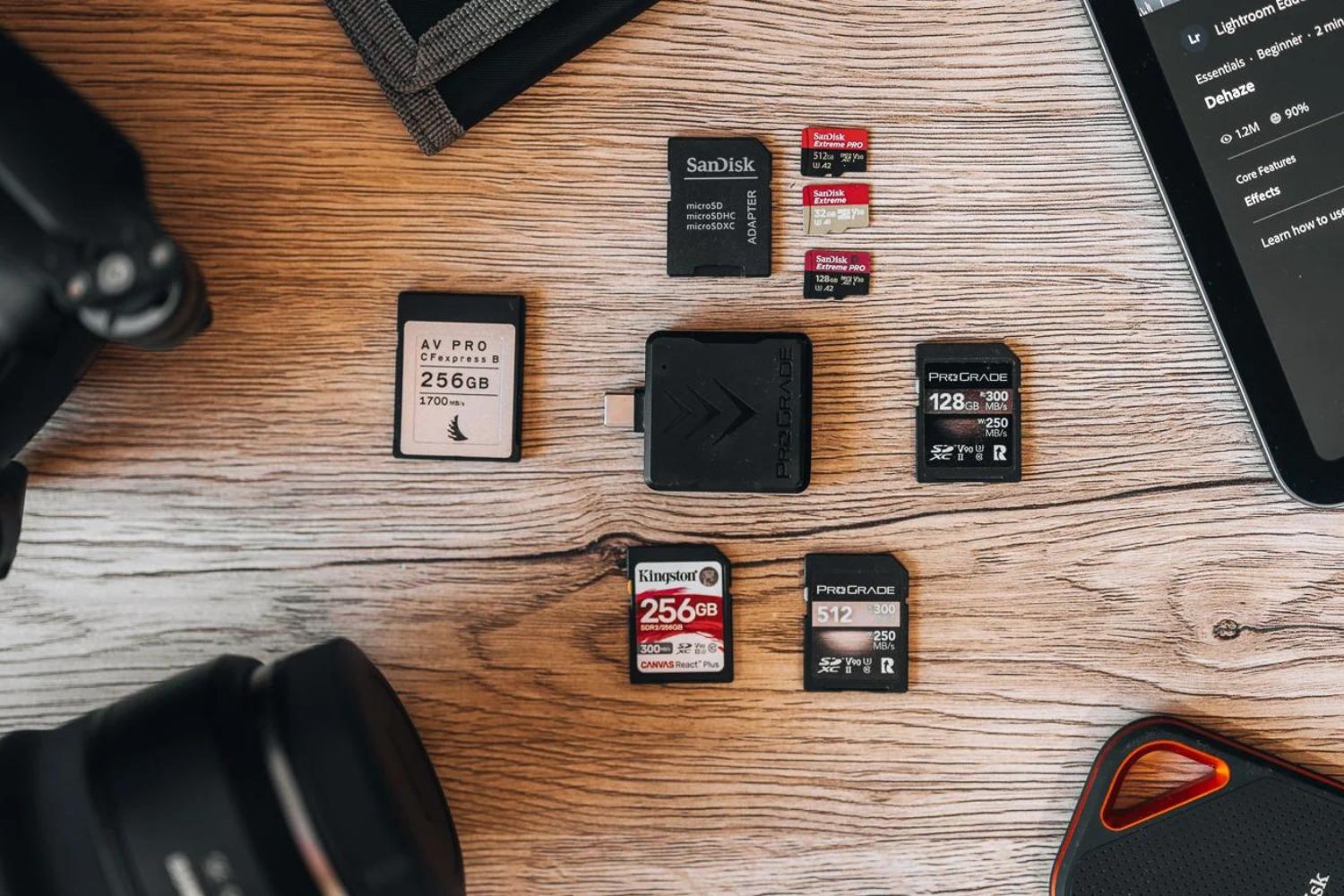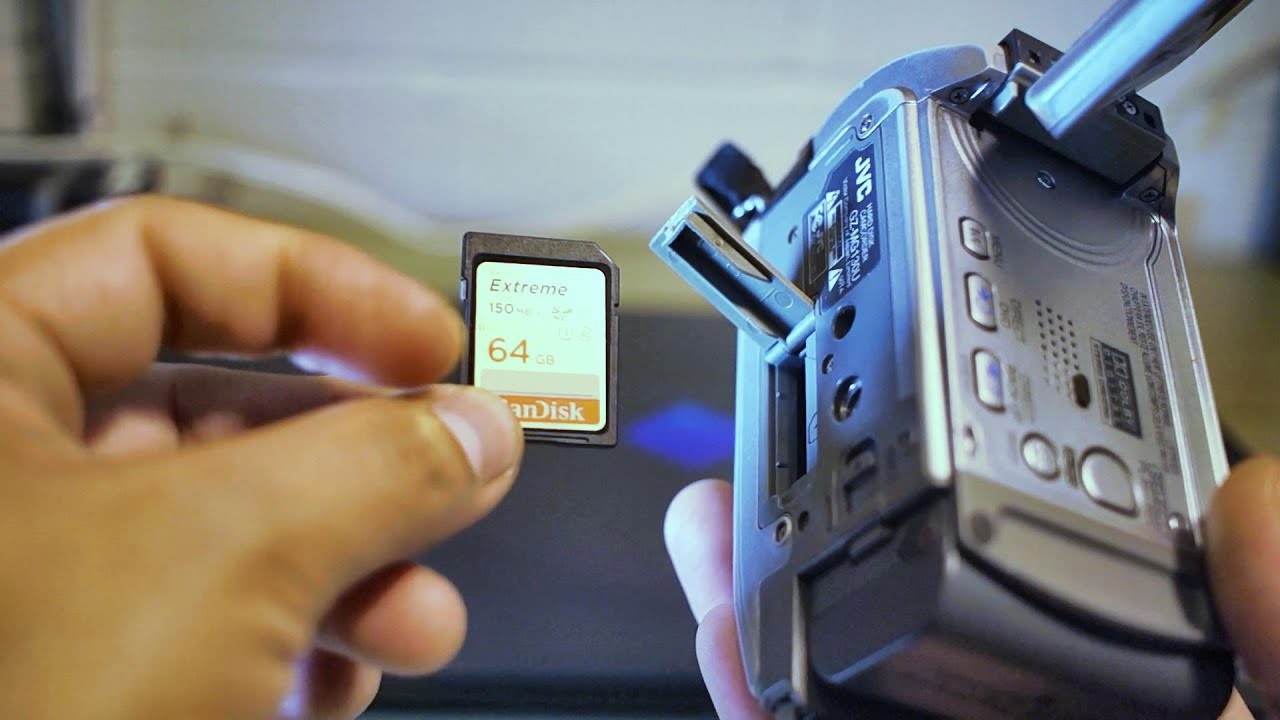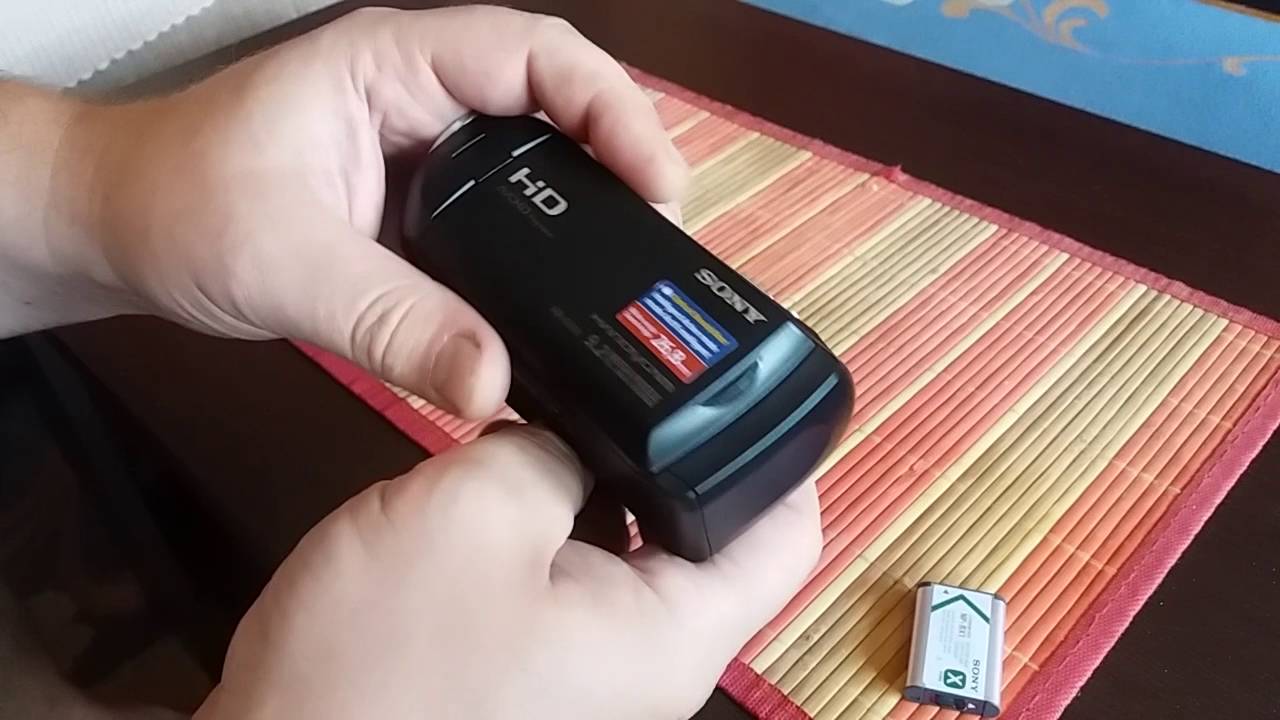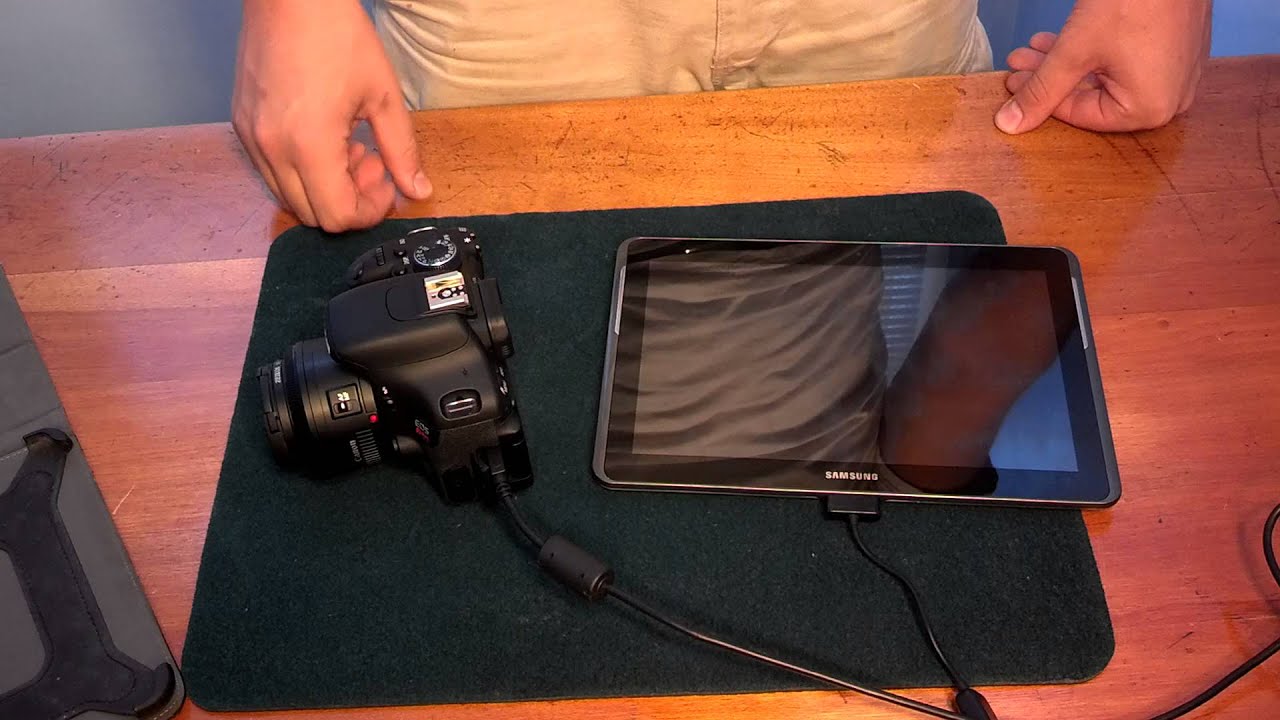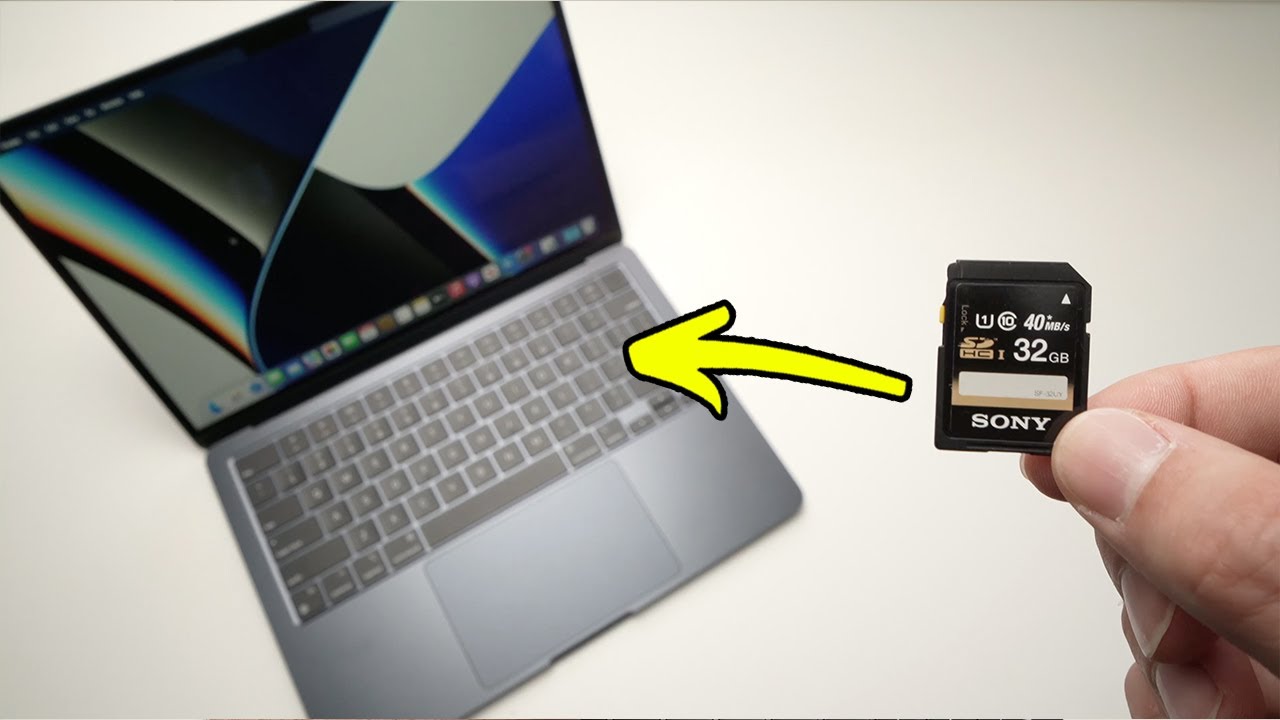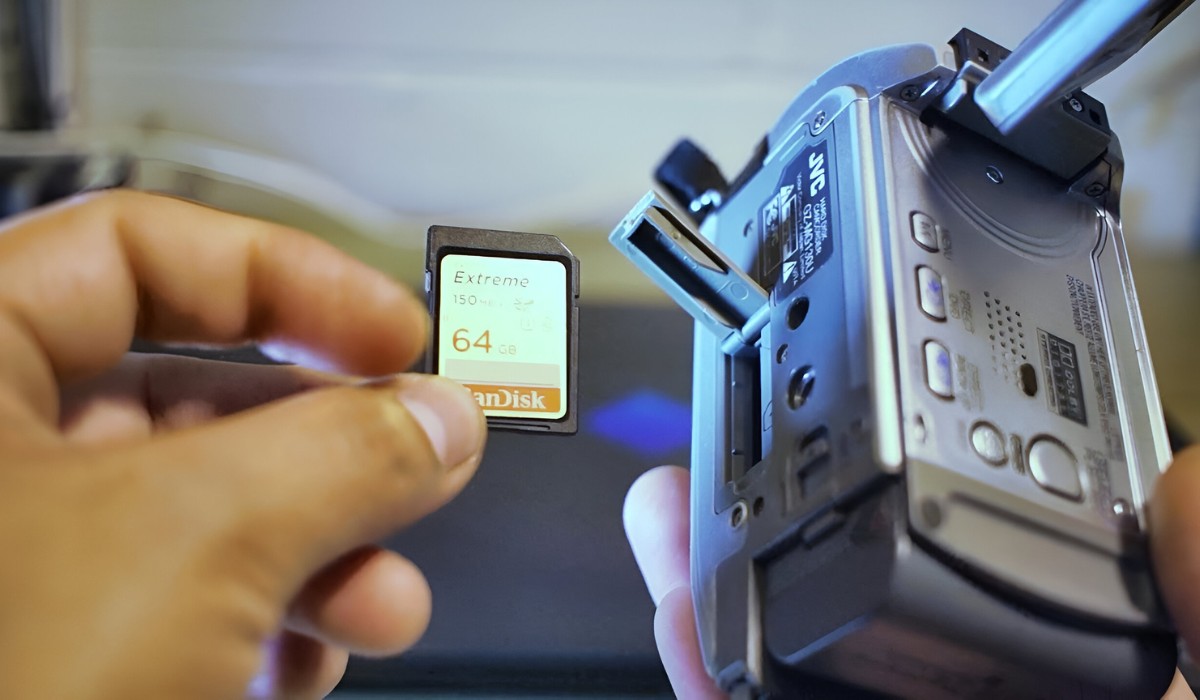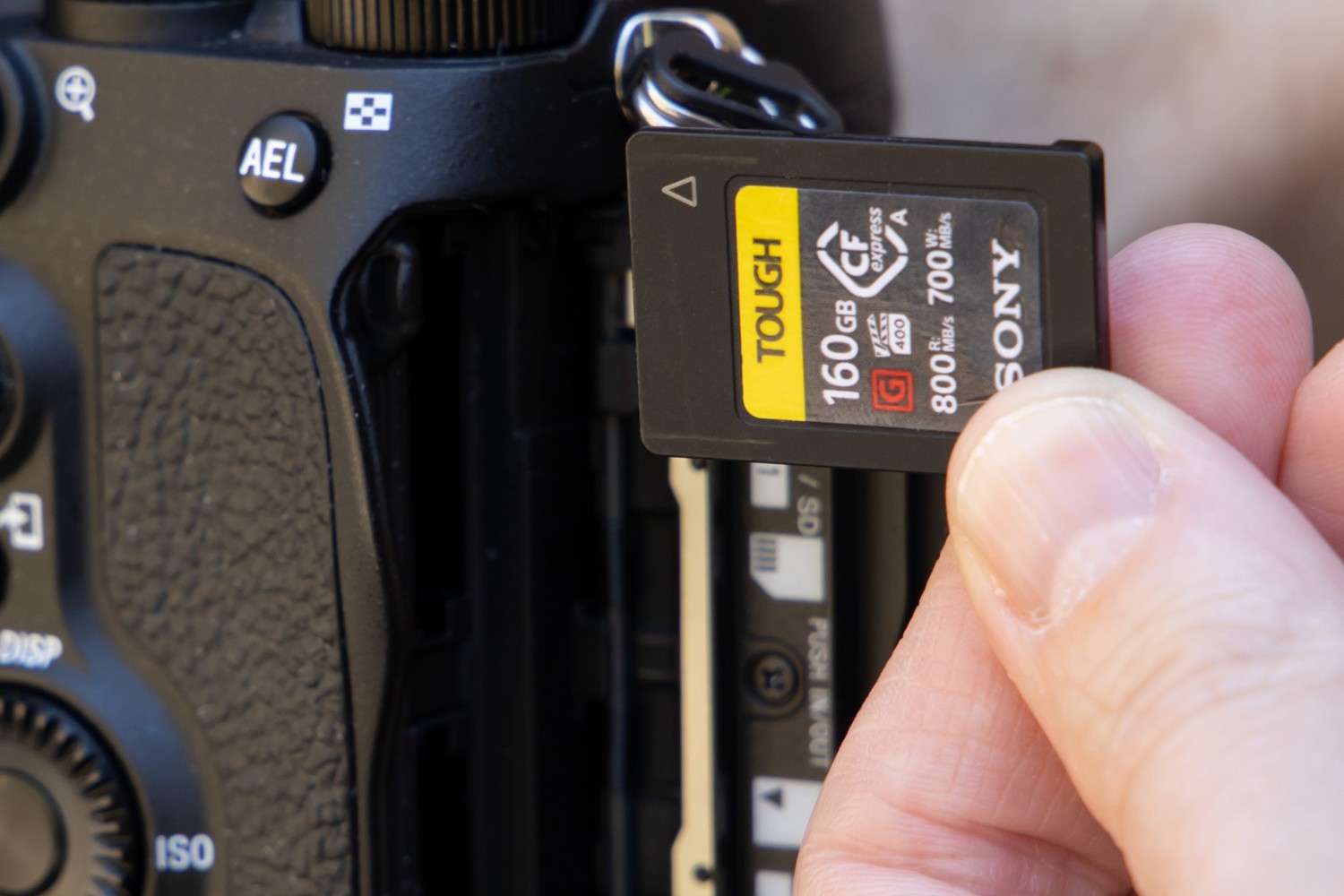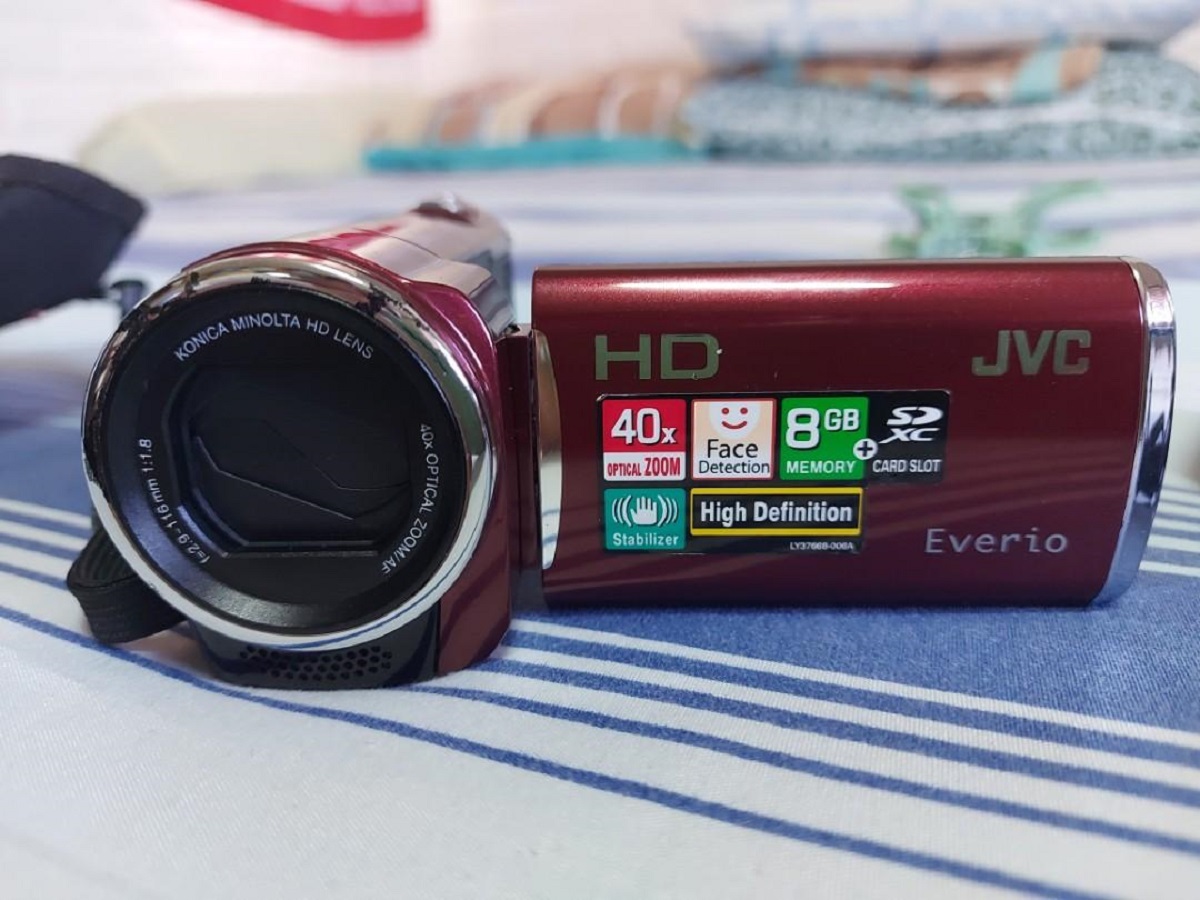Introduction
So, you've got a shiny new camcorder, and you're ready to capture all those precious moments. But before you hit the record button, there's one essential piece of equipment you need to consider: the SD card. Choosing the right SD card for your camcorder is crucial for ensuring smooth recording, ample storage, and optimal performance. In this comprehensive guide, we'll delve into the intricacies of SD cards, helping you make an informed decision and avoid potential pitfalls.
Whether you're a seasoned videographer or a novice enthusiast, understanding the nuances of SD card technology is paramount. From deciphering the various SD card types to deciphering capacity and speed requirements, we'll cover it all. Additionally, we'll explore the importance of compatibility between SD cards and your specific camcorder model, ensuring seamless integration and reliable functionality.
As we navigate through the intricacies of SD card selection, keep in mind that the right choice can significantly impact your filming experience. From capturing family gatherings to documenting your creative endeavors, a reliable and well-suited SD card is the unsung hero behind every memorable video.
Now, let's embark on this enlightening journey into the realm of SD cards and equip you with the knowledge to make an informed decision. Whether you're shooting in 4K, capturing fast-paced action, or simply preserving life's precious moments, the right SD card is the foundation upon which your memories are built. So, grab your camcorder, and let's dive into the world of SD cards!
Understanding SD Card Types
SD cards come in various types, each designed to cater to different devices and usage scenarios. The two primary categories are SDHC (Secure Digital High Capacity) and SDXC (Secure Digital eXtended Capacity) cards. SDHC cards typically have a storage capacity ranging from 4GB to 32GB, making them suitable for standard-definition video recording and photography. On the other hand, SDXC cards, with their larger storage capacities starting from 64GB and reaching up to 2TB, are ideal for high-definition video recording, particularly in 4K resolution.
Within these categories, you’ll also encounter different speed classes, denoted by numbers such as Class 2, Class 4, Class 6, Class 10, UHS Speed Class 1, and UHS Speed Class 3. These speed classes indicate the minimum sustained write speed of the card, crucial for ensuring smooth video recording without dropouts or stuttering. For instance, UHS Speed Class 3 (U3) cards are well-suited for capturing 4K and Full HD video, offering a minimum write speed of 30MB/s, while Class 10 cards are suitable for Full HD video recording with a minimum write speed of 10MB/s.
It’s important to note that some camcorders may have specific requirements regarding the type and speed class of the SD card they support. Therefore, understanding the capabilities of your camcorder and the demands of your recording needs is essential in choosing the right SD card type. Whether you’re aiming to capture high-definition footage or standard-definition content, selecting the appropriate SD card type is the first step toward ensuring seamless and reliable performance from your camcorder.
SD Card Capacity and Speed
When it comes to SD card capacity, the ideal choice depends on the nature of your video recording projects. For casual users capturing occasional family events or personal experiences, a lower capacity SD card may suffice. However, for professionals, enthusiasts, and those engaged in high-resolution videography, opting for higher capacities such as 64GB, 128GB, or even 256GB becomes imperative. These larger capacities provide ample storage for extended recording sessions, especially when dealing with high-definition and 4K video files, which consume considerable space.
Furthermore, the speed of an SD card plays a pivotal role in ensuring smooth and uninterrupted video recording. The card’s speed class, denoted by numbers and letters such as Class 10, UHS Speed Class 1 (U1), and UHS Speed Class 3 (U3), directly correlates with its minimum sustained write speed. For instance, UHS Speed Class 3 cards offer a minimum write speed of 30MB/s, making them well-suited for 4K video recording and fast-action videography, while Class 10 cards, with a minimum write speed of 10MB/s, are suitable for Full HD video capture.
Understanding the speed requirements of your camcorder and the nature of your recording projects is crucial in selecting an SD card with the appropriate capacity and speed. It’s important to strike a balance between ample storage space and the necessary speed capabilities to ensure seamless video recording without encountering dropouts, buffering, or performance bottlenecks.
Ultimately, the capacity and speed of an SD card are intertwined factors that directly impact your camcorder’s performance and your overall filming experience. By carefully assessing your recording needs, considering the resolution and duration of your video projects, and factoring in the speed requirements of your camcorder, you can make an informed decision when selecting an SD card with the right balance of capacity and speed.
Compatibility with Your Camcorder
Ensuring compatibility between an SD card and your camcorder is paramount for seamless functionality and optimal performance. Before purchasing an SD card, it’s essential to consult your camcorder’s user manual or specifications to determine the supported SD card types, capacities, and speed classes. Some camcorders may have specific requirements or recommendations regarding the use of SDHC or SDXC cards, as well as minimum speed class ratings for reliable video recording.
Additionally, certain camcorders are designed to leverage the performance benefits of UHS-I or UHS-II (Ultra High-Speed) SD cards, which offer faster data transfer rates and enhanced write speeds. Understanding your camcorder’s compatibility with these advanced SD card technologies can significantly impact the efficiency and responsiveness of your recording workflow, particularly when dealing with high-resolution video formats and rapid frame rates.
Moreover, some camcorders may impose limitations on the maximum capacity of SD cards they can accommodate. It’s crucial to adhere to these capacity restrictions to prevent compatibility issues and ensure seamless operation. By selecting an SD card within the supported capacity range of your camcorder, you can avoid potential errors, recording interruptions, or data corruption that may arise from using an incompatible card.
Furthermore, firmware updates released by camcorder manufacturers may introduce enhancements or expanded compatibility with newer SD card models, speed classes, or capacities. Staying informed about firmware updates and their implications for SD card compatibility can help you leverage the latest advancements in SD card technology and maximize the capabilities of your camcorder.
By meticulously evaluating the compatibility requirements outlined by your camcorder’s manufacturer and considering any firmware-related considerations, you can confidently select an SD card that seamlessly integrates with your device, unlocking its full potential and ensuring reliable video recording performance.
Recommended SD Cards for Different Camcorder Brands
When it comes to selecting the ideal SD card for your camcorder, considering the recommendations and compatibility specifications provided by the camcorder’s manufacturer is crucial. Different camcorder brands may have varying requirements and preferences when it comes to SD card selection, and adhering to these guidelines can enhance the overall performance and reliability of your recording setup.
Sony Camcorders: Sony camcorders, known for their high-quality video recording capabilities, often recommend the use of SDXC cards with UHS Speed Class 3 (U3) ratings for optimal performance. These cards are well-suited for capturing 4K video and high-frame-rate footage, providing the necessary write speeds to accommodate the data-intensive nature of Sony’s advanced recording features.
Panasonic Camcorders: Panasonic camcorders, particularly those designed for professional videography and broadcast applications, are compatible with SDXC cards featuring UHS-I or UHS-II technology. The use of high-speed UHS-II SD cards can leverage the advanced recording capabilities of Panasonic camcorders, facilitating rapid data transfer and sustained write speeds required for demanding video production environments.
Canon Camcorders: Canon camcorders, renowned for their versatility and imaging excellence, often recommend the use of SDHC or SDXC cards with Class 10 or UHS Speed Class 1 (U1) ratings. These cards are suitable for capturing Full HD video with smooth, uninterrupted recording, catering to the diverse needs of Canon camcorder users, from casual videography to professional content creation.
JVC Camcorders: JVC camcorders, favored for their innovative features and user-friendly design, are compatible with a range of SDHC and SDXC cards, with specific speed class recommendations varying based on the model. UHS-I SD cards with Class 10 or higher ratings are commonly recommended for JVC camcorders, ensuring reliable performance and seamless video recording across different shooting scenarios.
It’s important to note that these recommendations are general guidelines, and specific models within each brand may have nuanced requirements or compatibility considerations. Therefore, consulting the user manual, official documentation, or support resources provided by the camcorder manufacturer is essential for identifying the most suitable SD card options for your specific model.
By aligning your SD card selection with the recommended specifications outlined by your camcorder’s brand, you can harness the full potential of your recording equipment, optimize video quality, and minimize the risk of compatibility-related issues, ultimately enhancing your overall filming experience.







